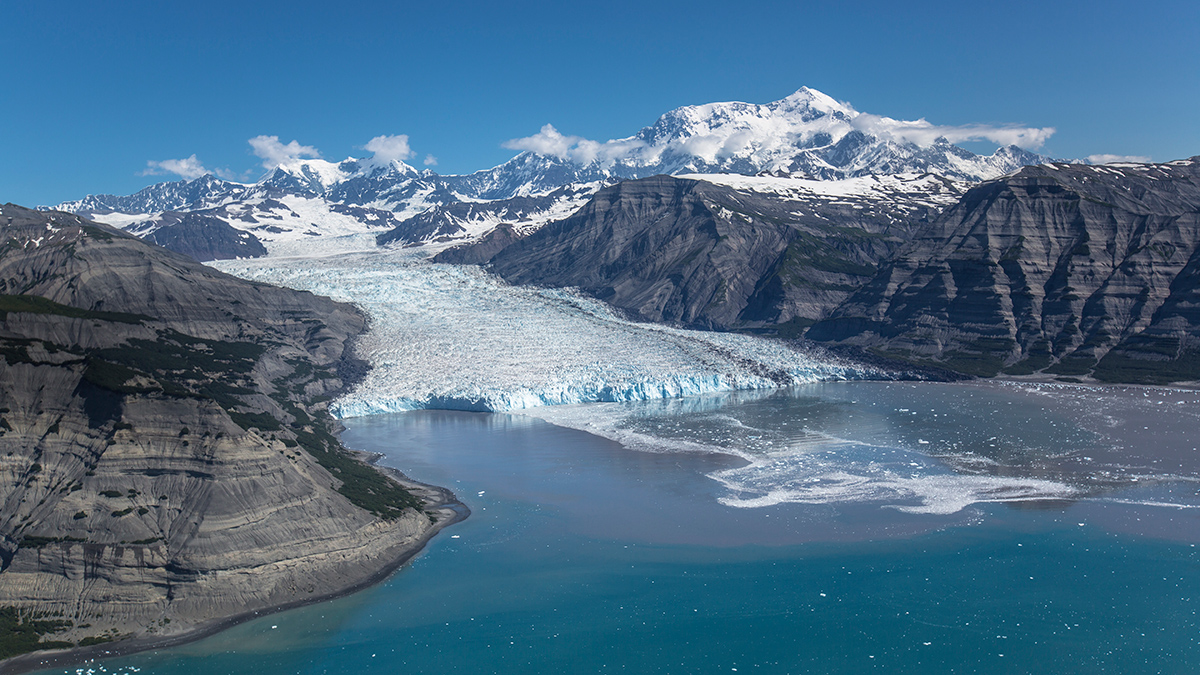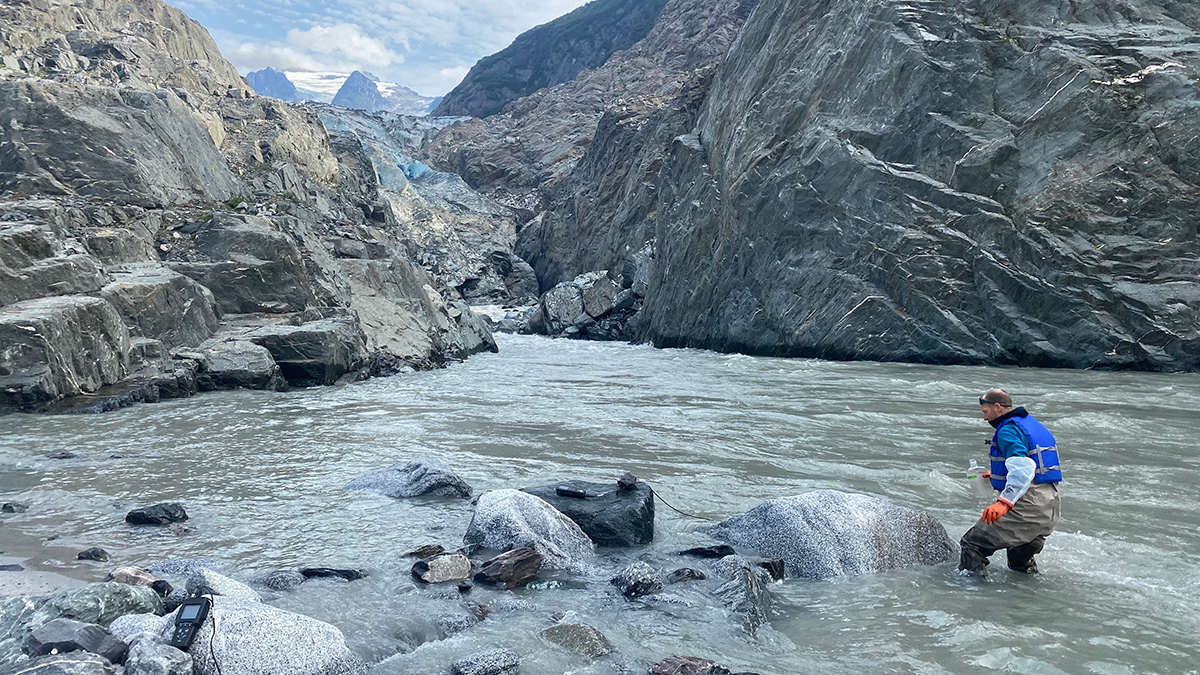A new study goes deep into the Gulf of Alaska to examine the sixth-largest underwater landslide and investigate why a similar event hasn’t happened since.
Alaska
Climate Change Is Weakening River Seasonality in the North
Seasonal flow variability is decreasing as climate change alters Earth’s systems, creating challenges for water management.
To Meet Climate Goals, Protect the Tongass and Chugach Forests
The two largest U.S. national forests, both in Alaska, have low wildfire risk and provide crucial forest carbon stocks and biodiversity benefits.
The deadly 20 November 2023 landslide near Wrangell in Alaska, USA
The Landslide Blog is written by Dave Petley, who is widely recognized as a world leader in the study and management of landslides. At about 9 pm local time on 20 November 2023, a large landslide occurred near to Wrangell in Alaska, USA. At the time of writing, three people have been confirmed to have […]
Measuring Carbon’s Flow from Land to Sea
A new study catalogs how dissolved inorganic carbon moves through southeast Alaska’s waterways.
Machine Learning Identifies Source Volcanoes of Ash Deposits
Tracing ash layers from explosive eruptions back to their source volcanoes is needed to evaluate hazards to population and aviation, a problem addressed by a new machine learning classification method.
Protein Powder Makes Ice Crystals Flower
Dust from Alaska is particularly effective at forming ice crystals because it contains biological components, researchers believe. The finding has implications for cloud physics and our planet’s climate.
Как необычная дружба разрушила мифы о вечной мерзлоте
“Прекрасные долгие споры” между американским ученым и российским исследователем помогли прояснить несколько фундаментальных предположений о таянии вечной мерзлоты.
Northern Ecosystems are Shaped by Snow
Changing climate in the Arctic leads to a shorter snow season but deeper snow in the depths of winter. Under the insulating snow, biological processes are accelerated leading to higher nutrient availability and carbon losses.
Landfast Sea Ice: The Most Important Ice You’ve Never Heard Of
Landfast sea ice, sea ice that is held stationary against the Antarctic continent, links firmly with many key climate processes, but its importance is only being fully realized as its extent dwindles.









